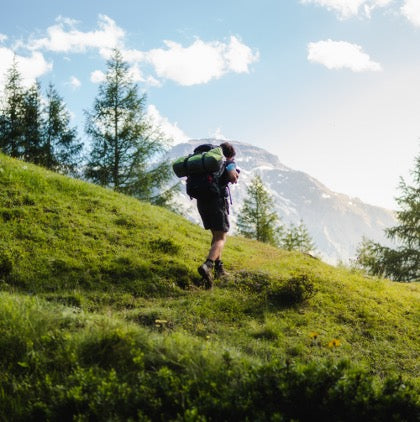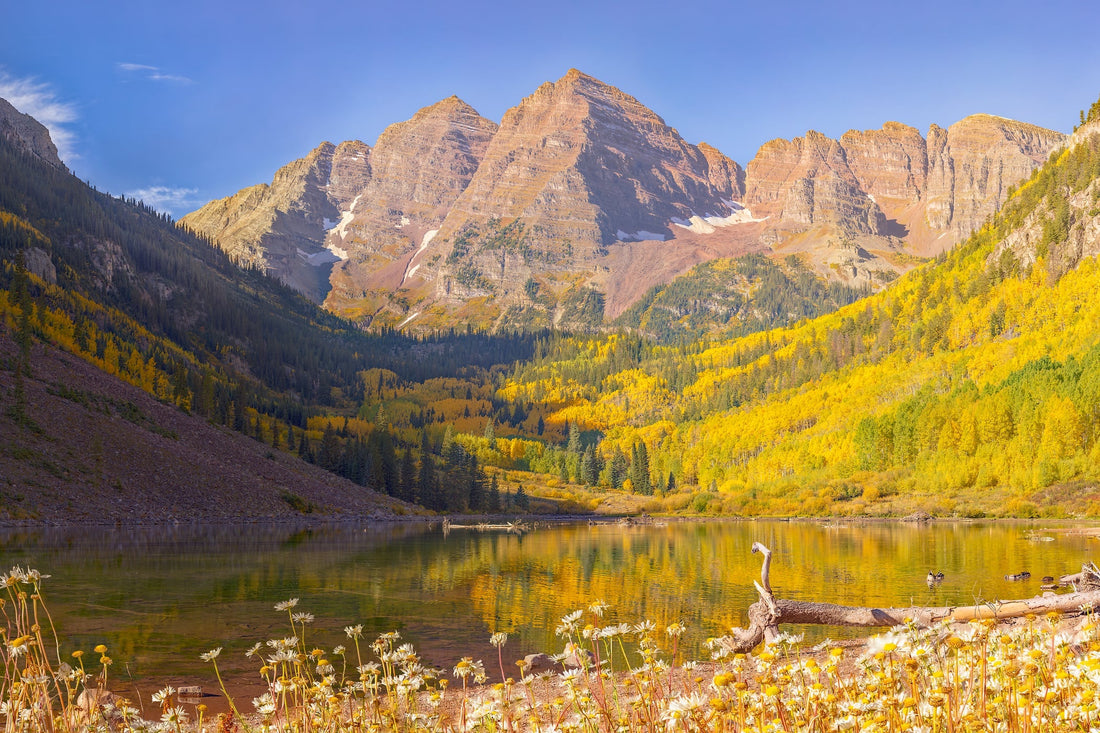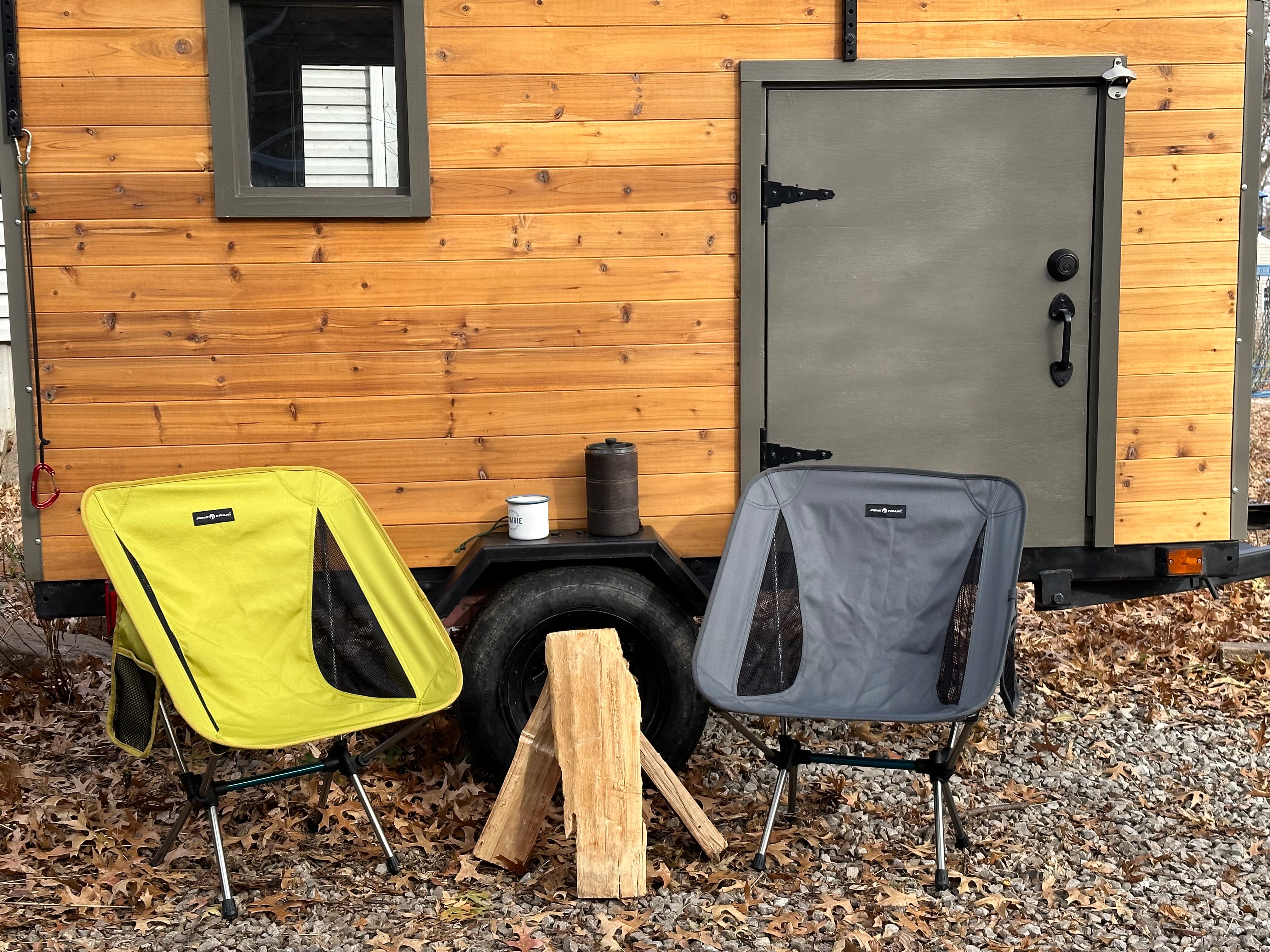Nothing is worse than hiking on a trail in the wilderness and suddenly coming up with wet feet. Exposure to the elements can ruin a trip quickly, and not having waterproof socks could mean the difference between a one-day hiking trip and a three-day one. Keeping your feet dry is a crucial part of being outdoors, and wearing waterproof socks is the perfect way to do it, but how do waterproof socks work?
Let's explore the science behind how technology created socks that not only keep your feet warm, cool, and dry but odor free for days. Once you realize how important your feet are to your overall health, you'll start to search for waterproof socks in no time!
Why Is Foot Health Important?
Like a house, the feet are the body's foundation and crucial to your overall health and mobility. Years of wear and tear, ill-fitting shoes, and exposure to the elements can wreak havoc on your feet. With limited mobility because of foot issues, other body parts like your heart and liver can be stressed.
Waterlogged feet breed bacteria and fungus that can make you seriously sick, and it's one of the reasons that waterproof socks are critical if you are outdoors. Finding a good pair of 100% waterproof hiking or hunting socks is just as important as having the right pair of boots.
How Do Waterproof Socks Work?
The science behind waterproof socks is quite simple but critical! After all, your 100% waterproof socks are only as good as the technology behind them. Waterproof socks are made from three layers of material. There are two layers of soft fabric with a layer of waterproof material inside.
Waterproof socks are designed with many layers to keep your feet dry, warm, and comfortable, even on extended trips. While the outer layers are moisture-wicking and made to keep your feet warm or cool, the inner layer provides 100% waterproof protection. When choosing a pair of quality waterproof socks, ensure they are constructed with these layers. Otherwise, your socks could fail mid-trip.
Do I Need Waterproof Socks?
A good pair of 100% waterproof socks can keep your feet dry and comfortable even if you don't plan on being in a wet environment. Most waterproof outdoor socks are moisture wicking too, which helps to keep harmful bacteria from growing once your feet get sweaty.
Waterproof socks should be in any outdoor adventure kit. Whether you are just going on a day hike or an extended camping trip, it's good practice to keep a pair just in case because foot health is so important. A lightweight set of waterproof, breathable socks take up little space in a pack and virtually no weight.
Can I Use Waterproof Shoes Instead?
If you've invested in a great pair of waterproof shoes, you might wonder if you still need waterproof socks. The answer is yes! Shoes fail all the time, and failing without having 100% waterproof socks is a sure way to cut any trip short.

A pair of high-quality, waterproof socks is just as important as a good pair of shoes. Both contribute to comfort, sustainability on long trips, and overall health. More importantly, some places leak in water, like the tongue, which waterproof shoes cannot account for. Having a substantial barrier to protect your feet at all costs is a solid plan, no matter how extended or short your trip is.
Are Waterproof Socks Good For Everyday Use?
As much as a good pair of waterproof socks can help on your next hiking trip, 100% waterproof socks are not recommended for everyday use. You should not wear waterproof socks all of the time because the more your feet can breathe, the better your body is at fighting off any potential bacterial growth.
Ordinary socks, for daily use, are made of fibers intended to allow your feet to breathe more easily. 100% waterproof socks, while still breathable, do create a waterproof barrier that, worn often enough, would encourage bacterial growth.
How Do I Care For Waterproof Socks?
You might find that simply throwing your waterproof socks in the washing machine doesn't get the desired cleanliness as you'd hoped. That's because washing something impervious to water isn't easy! However, caring for 100% waterproof socks is easy, as long as you know how.
There are a few things you should keep in mind when you wash your waterproof socks. Never use hot water or strong detergents. Hot water can and will cause waterproof socks to shrink. One of the biggest complaints about waterproof socks is that they shrink. That's because they've been exposed to hot washing machine water.
Follow these simple steps to clean your 100% waterproof socks and get them ready for your next trip:
- In a large bowl, add lukewarm water and a very mild detergent. Free and clear detergents work well to launder waterproof socks.
- Turn your socks inside out and let them soak thoroughly.
- You can swish your socks around gently to not damage the inner lining.
- Hang your socks to dry. Do not put your waterproof socks in the dryer!
How Can Waterproof Socks From Pike Trail Extend Your Adventure?
Campers, hikers, hunters, and fishing enthusiasts can all agree that the best outdoor trips are long ones. That means finding ways to extend your comfort and your stay. Having 100% waterproof socks, like ones from Pike Trail, is an excellent way to ensure that you get the most out of your trip in maximum comfort.
The Hiking Socks from Pike Trail are 100% waterproof, constructed with a three-layer design, and built for all-day comfort. Pike Trail's waterproof hiking socks are breathable, with a seamless toe, an elastic cuff, and a cushioned heel. In addition, the Pike Trail socks come in four colors and sizes to fit the whole family. These lightweight socks are made for even the most challenging environments, so be sure to pick some up before your next adventure!






